Deck & Commander Strategies

Go-Shintai of Life's Origin
Leverages shrine permanents and recursion to generate value and resilience, focusing on synergy with shrine lands and enchantments.

Galea, Kindler of Hope
An enchantress-based deck enhanced with equipment to generate card advantage and board presence through enchantment synergies.
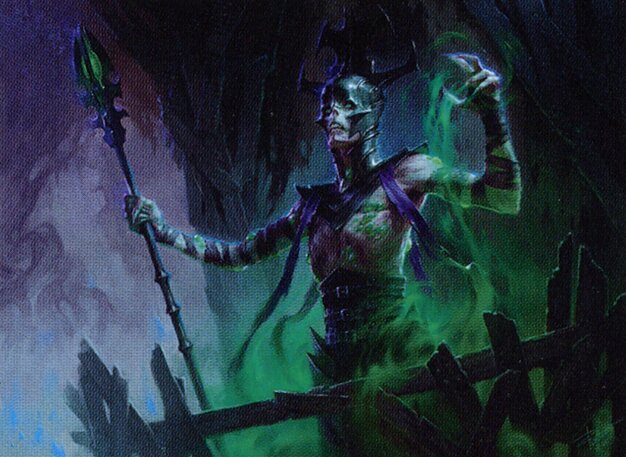
Ratadrabik of Urborg
Token generation focused on creating vigilant zombie tokens to establish board control and apply pressure.
Regna and Krav, the Redeemer
A shrine and reindeer tribal deck maximizing the use of shrine lands and tribal synergies to outvalue opponents.
Gameplay Insights
- 1
Early mana development with shock lands and key one-drop creatures set the pace for incremental advantage.
- 2
The shrine-themed deck cleverly utilized tribal synergies combined with Go-Shintai's recursion to maintain board presence despite opponent disruption.
- 3
Using a pre-con enchantress deck modified to include equipment allowed for flexible strategies focusing on incremental card advantage and board control.
- 4
Token generation from Ratadrabik proved integral for applying pressure and contesting board states.
- 5
Players navigated the challenges of multiplayer politics and the unique interactions of shrine permanents to execute their win conditions.
Notable Cards
-

Esper Sentinel
-
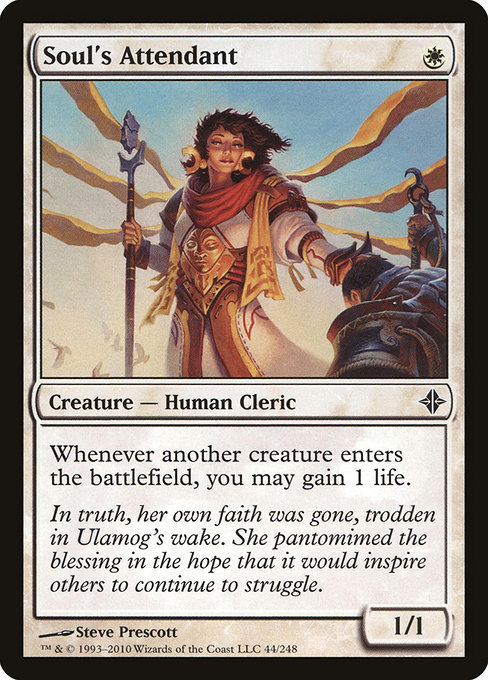
Soul's Attendant
-
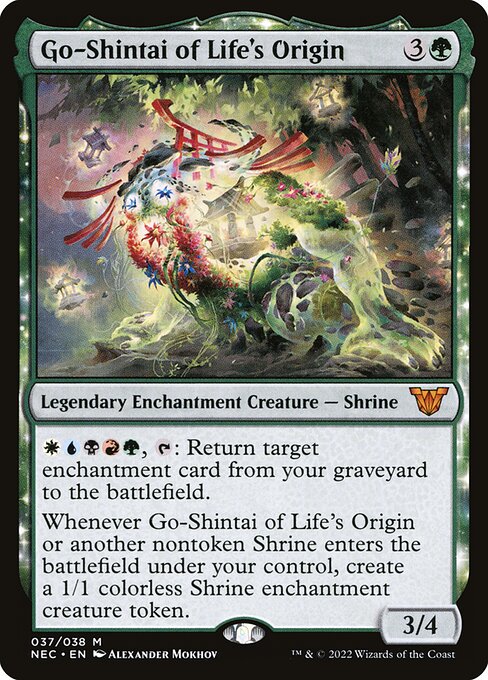
Go-Shintai of Life's Origin
-
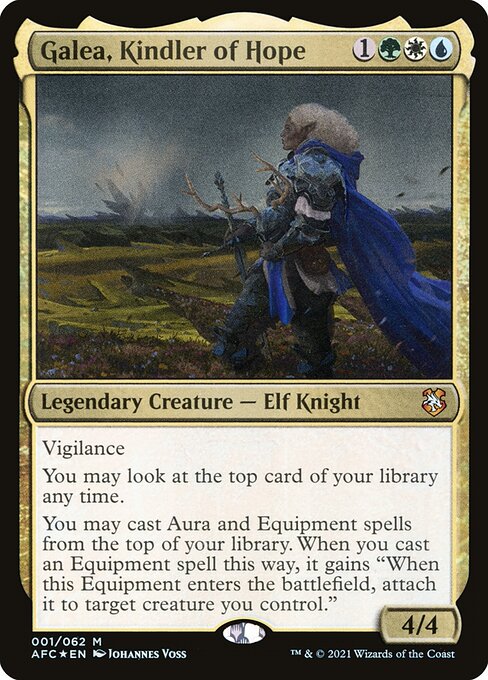
Galea, Kindler of Hope
-

Ratadrabik of Urborg
-

Shrine of Loyal Legions
-
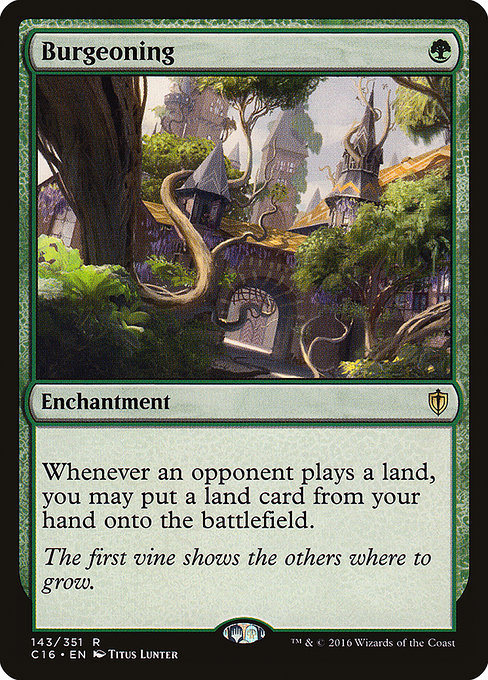
Burgeoning
Gameplay Summary
The game featured a competitive four-player Commander match where each player piloted unique decks with distinct themes.
Early turns saw players developing their boards with mana and creatures, such as Esper Sentinel and Soul's Attendant, signaling typical incremental advantage strategies.
One notable player utilized a shrine and reindeer tribal theme combined with the Go-Shintai of Life's Origin commander to leverage synergy between shrine permanents and recursion effects.
Another player focused on enchantments and equipment, attempting to outvalue opponents through enchantress-style card advantage.
Meanwhile, the Ratadrabik of Urborg deck aimed to generate and leverage vigilant zombie tokens, presenting a steady board presence and aggressive potential.
As the game progressed, typical Commander interactions unfolded with players reacting to threats, building board states, and planning their win conditions amidst the chaos of multiplayer politics and threats.


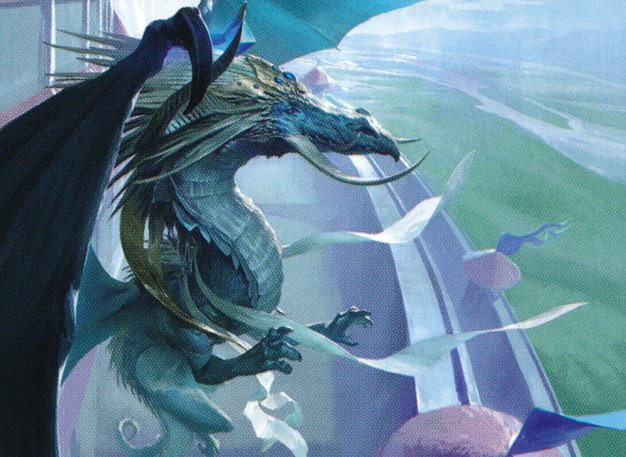





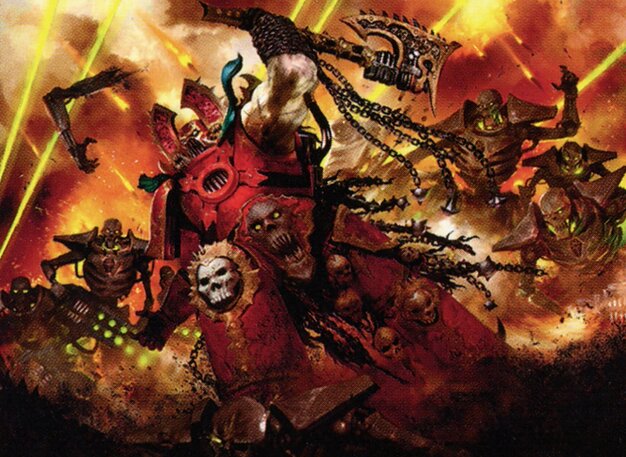

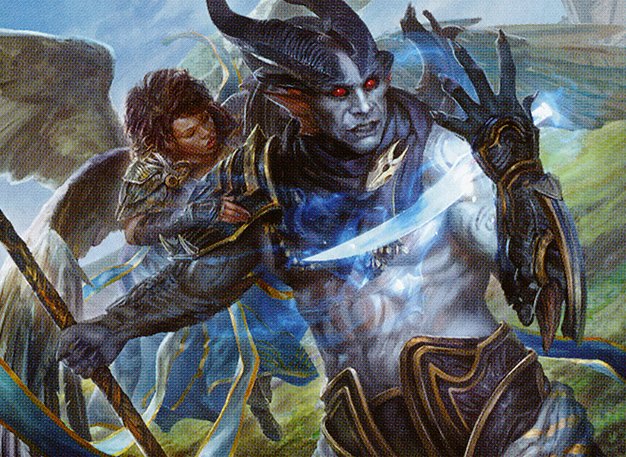

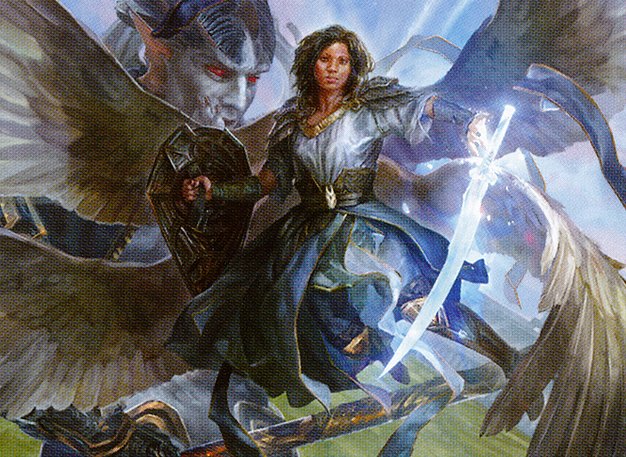







































![Commander VS S3E5: Meren vs Ezuri vs Daxos vs Mizzix [MTG: Multiplayer] thumbnail](https://i.ytimg.com/vi/loGTYPhi5mA/sddefault.jpg)
![Commander Vs Special: Meren vs Mizzix vs Ezuri vs Daxos [MTG: Multiplayer] thumbnail](https://i.ytimg.com/vi/7hdwKwKQk8s/sddefault.jpg)


























![Commander VS S12E1: Nicol Bolas vs Arcades vs Vaevictis Asmadi vs Chromium [EDH] thumbnail](https://i.ytimg.com/vi/gtfErgL6f9U/sddefault.jpg)





